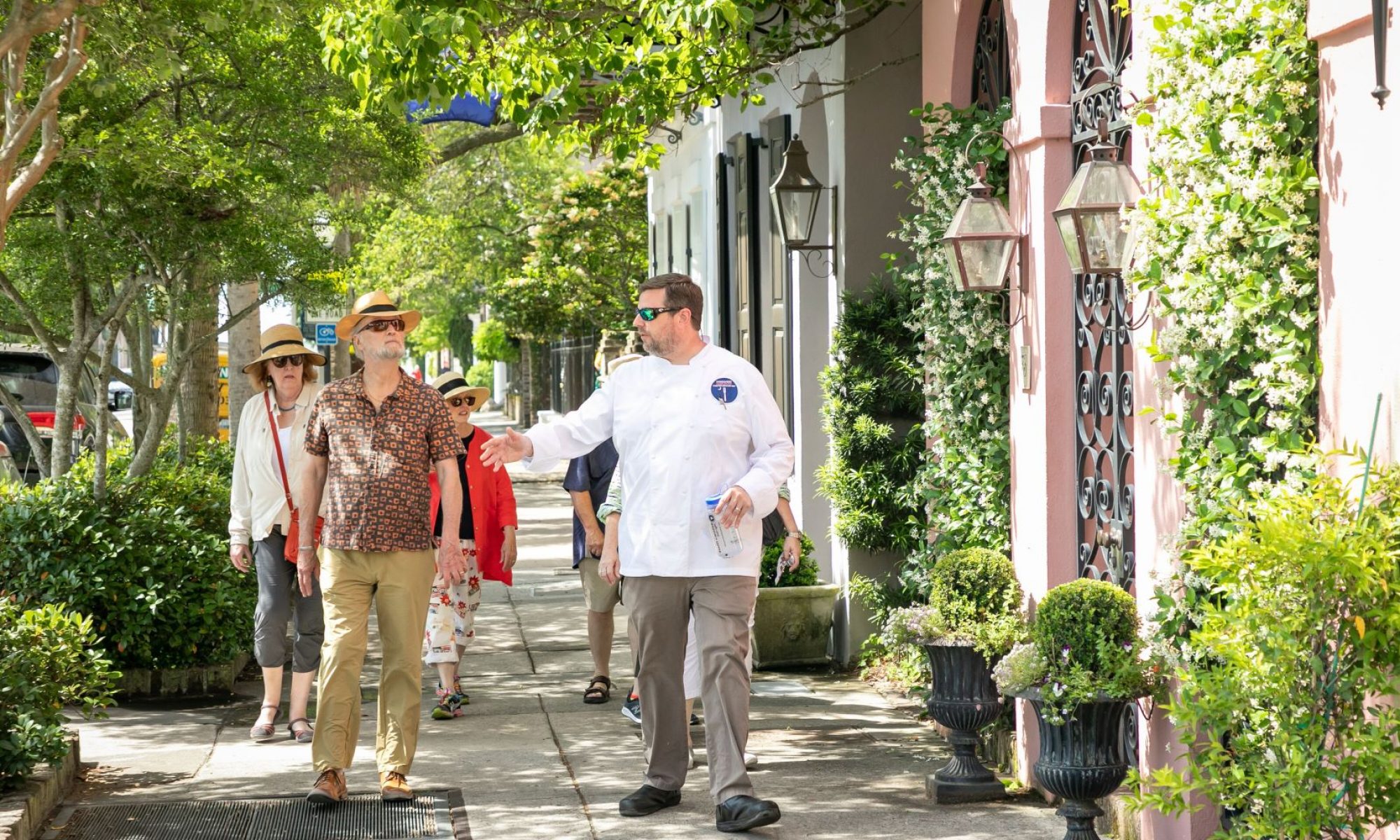
Many visitors (and more than a few residents “from off”) are no doubt wondering this week what EXACTLY are those orange bobbles festooning nearly every other tree in the Lowcountry right now.
They’re loquats of course, or Japanese plums. In the Lowcountry they’re synonymous with the beginning of Spring proper. Though not native to the Lowcountry, they’ve been here long enough that they should be. “The first tree for which a record exists in the South was one planted by Miss M. Smith on Broad Street in Charleston, South Carolina in 1838.’ “It is an evergreen, and bears flowers of a delicate almond-like fragrance, twice a year, but bears fruit but once a year.”’ wrote David Shields, who posted about loquats in 2017.
The flavor of loquats is mild, frequently described as a mix of mango, peach and persimmon with a light citrus tang. They are naturally high in both sugar and pectin, making loquat preserve or jelly a natural, but are also sometimes simply preserved in syrup. Confections are a natural, and I’m obsessed with the idea of making a batch of loquat leather, so look for that recipe soon. In Italy, a liqueur called nespolino is made from the seed of the fruit, said to be similiar to nocino. I’ve produced a loquatcello in the same way that one makes limoncello as an after supper digestif. But here in the lowcountry, one of the most preferred and delicious uses is in making our delicious loquat wine.
James Beard Award winning locals The Lee Brothers have evangelized on behalf of the Lowcountry tirelessly, publishing in The Local Palate, Garden & Gun, even The New York Times. They’ve authored three quintessential reads on Charleston cuisine and recently an insider’s deep dive into the cabal of NYC caterers called “Hotbox.” (A few tickets remain to their speaking engagement at the Charleston Library Society on May 7 if interested.) In the video below, my friend Matt demonstrates the classic loquat wine recipe- try spiking your post (or pre) church lemonade.
Here in Charleston, the popular urban foraging page Lowcountry Loquat Locator helps residents and visitors identify and track the locations of not only loquats, but also figs, mulberries, various citrus fruits and a whole mess of herbs. With the caveat that Undiscovered Charleston would NEVER endorse or promote traipsing around some strangers’ yard in the wee hours pilfering stone fruit (ahem) here is the map in question:
While you can risk arrest for pilfering a neighbor’s largess of loquats, you can more easily spot them on one of our Undiscovered Charleston experiences, as Chef Forrest leads you on an hour and half walking tour of Charleston food history, then demonstrates the classic, seasonal cuisine of Charleston with a wine paired lunch. If you join us in the months of April and May, don’t be surprised if loquats make their way on to the menu! (And it won’t go on your permanent record.)



I’m from Charleston! And I used to climb the trees and eat these! I miss them. Also the pecan tree. Thank you so much.ive left Charleston when I was 12. I am now 64. I hope I make it back some day.